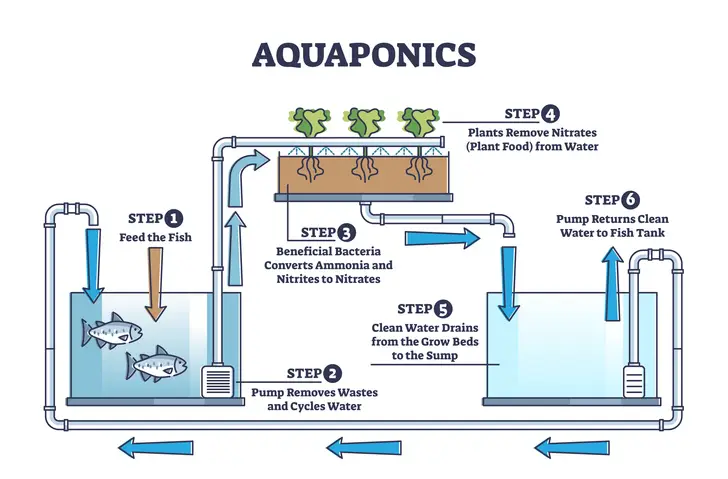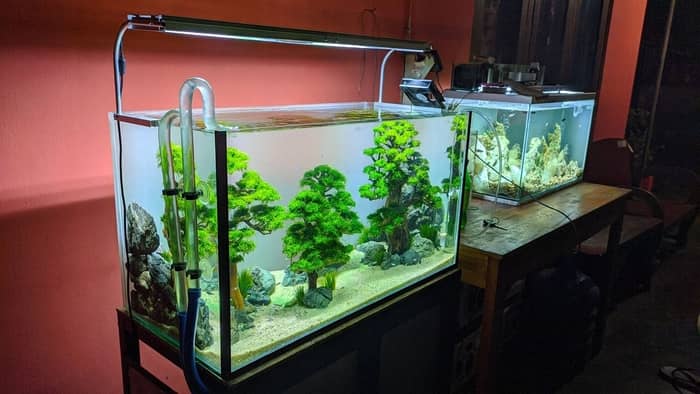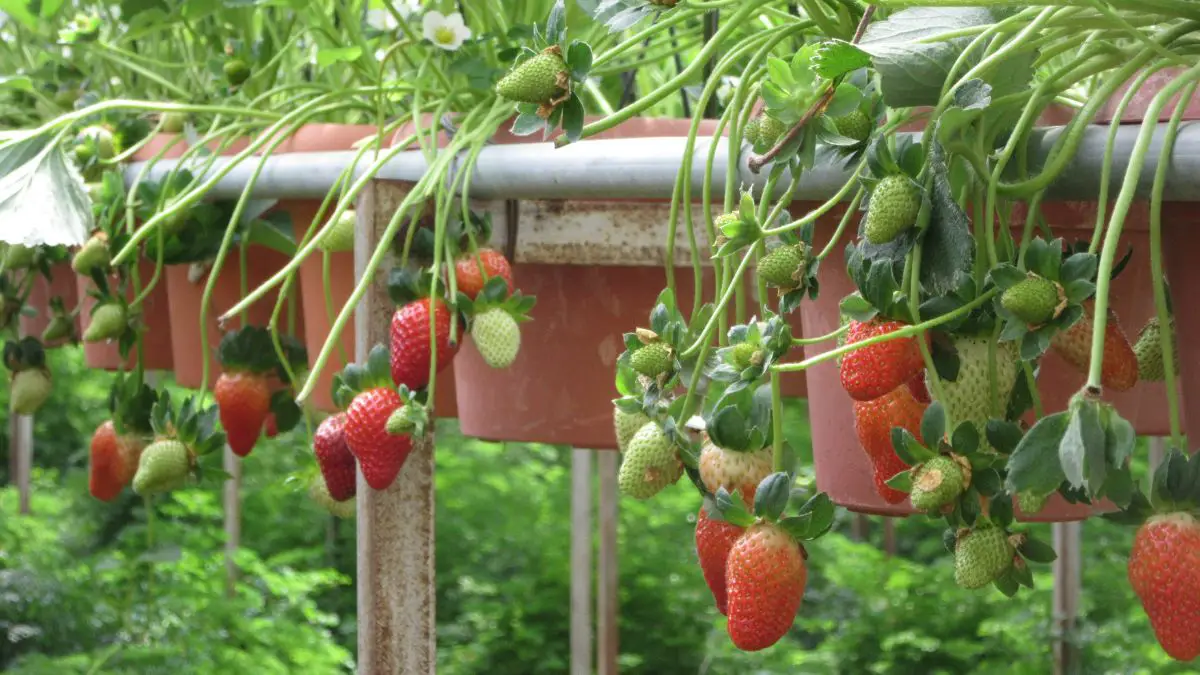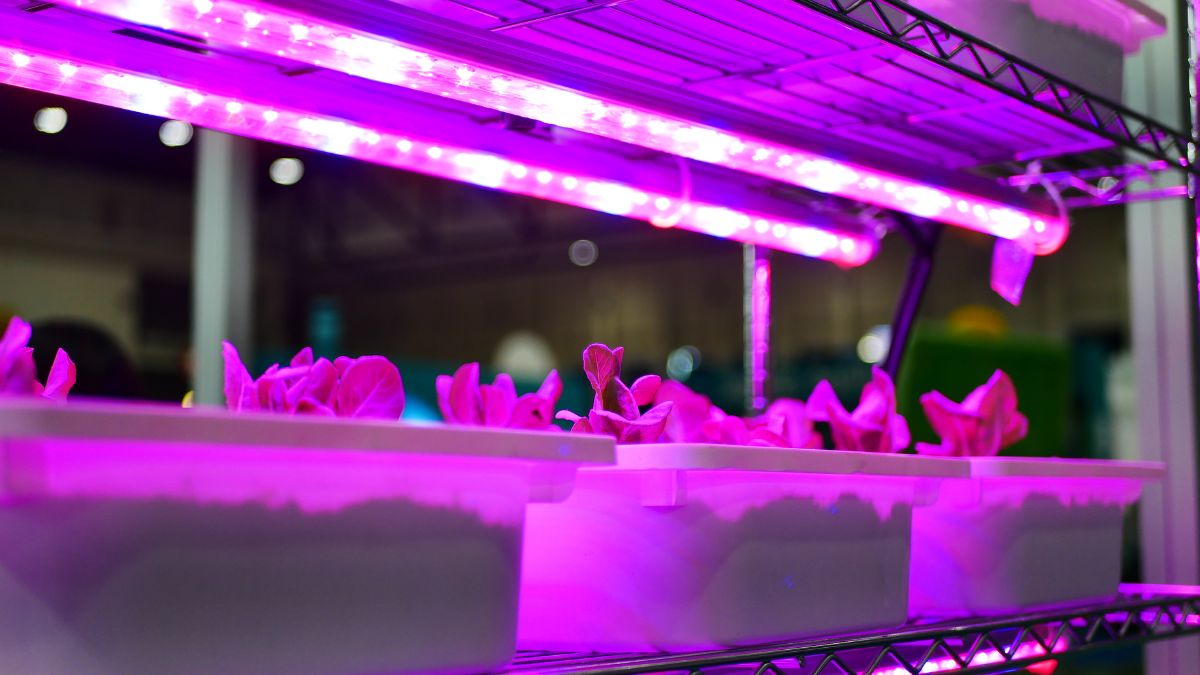WELCOME TO AQUAPONICS ADVISOR
A Sustainable Lifestyle Food Sourcing Guide
Where Plants and Fish Thrive Together
Affiliate Disclosure: We may earn a commission from qualifying purchases made through links on this site. Rest assured that our recommendations are unbiased and based on our experience and expertise. By using our website and clicking on affiliate links, you agree to our terms of service.
Getting Started: Aquaponics For Beginners!
AQUAPONICS EXPLAINED
Cultivating Fish and Plants- At the same time!
The fish create nutrients for the plants. The plants filter the water for the fish by absorbing the nutrients. Sounds simple right? Let’s go ahead and get into it.


What Is Aquaponics?
Aquaponics merges aquaculture (fish farming) with hydroponics to cultivate fish and vegetables. It replicates a natural ecosystem, where fish, plants, and water collaborate harmoniously within an autonomous, circulating system. This method offers beginners an integrated approach to sustainable agriculture, emphasizing the interconnectedness of aquatic life and plant growth for efficient and eco-friendly food production.

What fish and plants are suitable for aquaponics?
There are many fish and plants suitable to aquaponics, each with it's own benefits. Choosing the right fish and plants depends on factors such as your climate, available space, water temperature, and personal preferences. Dive into specific requirements and compatibility to create a thriving aquaponics system tailored to your needs.

How To Setup The Perfect Aquaponics System For You.
Setting up the perfect aquaponics system involves: Choosing the right system size and type, Selecting fish and plants suited to your environment, installing tanks beds, pumps, and filters, Cycling the system to establish bacteria, and Maintaining water quality and balance for healthy fish and thriving plants.

Our Vision
Creating a prosperous, more sustainable life.
The use of aquaponics helps lessen the unnecessary use of water and chemical-based fertilizers. By educating others, we promote a healthier ecosystem.
Contribute and grow alongside us at Aquaponics Advisor.



